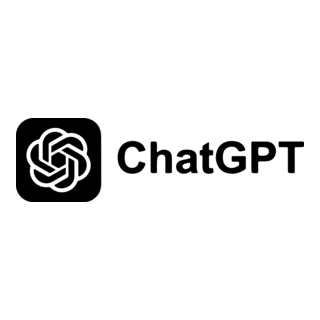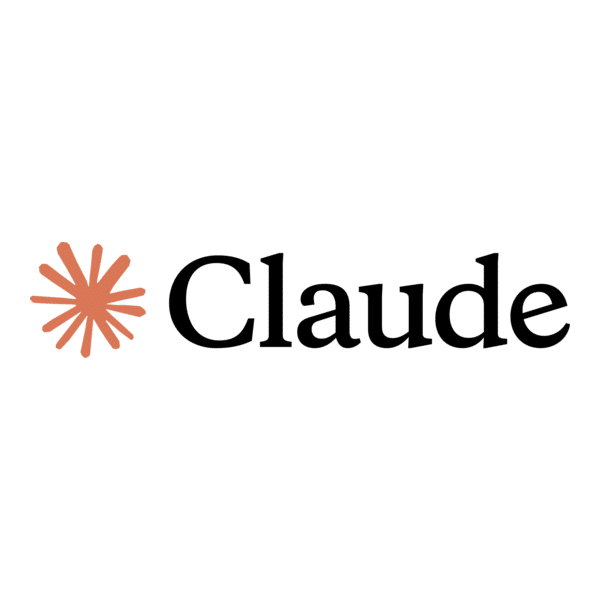
Using AI for Ethnographic Research: A Practitioner’s Guide
- article
- AI
- Artificial Intelligence
- Ethnography
- Freelancer Researchers
Since June 2022, I have actively integrated artificial intelligence into my ethnographic practice as a Research Manager in the Ethnography Centre of Excellence at Ipsos in the UK. Working at the forefront of both ethnography in market research and AI development, I have witnessed first-hand the transformative potential of AI across the entire research lifecycle. This is not about efficiency for efficiency’s sake. Rather, it is about fundamentally rethinking how we approach each stage of ethnographic business research.
I want to be transparent from the outset: AI has been a silent companion throughout much of my work, blurring the lines between where I begin and it ends. This symbiotic relationship has taught me valuable lessons about where AI excels, where it stumbles, and where human judgment remains irreplaceable.
This article is based on Deana Kotiga’s book “Artificial Intelligence (AI) in Social Research”. Get a copy of the book here.
The Collaboration Mindset
Before diving into specific applications, I must address a fundamental shift in perspective. While AI is commonly associated with efficiency and automation, I have adopted a different approach in my ethnographic business research practice. Rather than viewing AI as a standalone efficiency tool, I embrace it as a collaborative partner that enhances the capabilities of research teams.
In my practice, AI serves as more than just a means to streamline processes. It actively contributes to the creative and analytical aspects of ethnographic research. By leveraging AI’s cognitive capabilities, we engage in collaborative brainstorming sessions, explore new research directions and generate novel insights. AI becomes an integral part of our research team, offering unique perspectives and enhancing our collective problem-solving abilities.
However, while AI brings unparalleled efficiency to certain aspects of research, it is essential to strike a balance between automation and human judgment. In this collaborative model, AI augments human intelligence rather than replacing it entirely. Human researchers provide the contextual understanding, critical thinking and ethical considerations necessary for nuanced analysis, while AI enhances efficiency and offers data-driven insights.
Sample Selection: The Foundation That Cannot Fail
At the heart of any social research project lies the essential element of the sample. Often overshadowed by the more glamorous sibling called “analysis”, the sample serves as the bedrock upon which the entire research project is built. This rings especially true in the realm of ethnography, particularly within commercial contexts where resources are often constrained.
With limited budgets looming overhead, the imperative to fine-tune the sample becomes even more pronounced. Every dollar spent must yield maximum insight, making the stakes higher than ever. A misstep in sample selection can have far-reaching consequences, potentially jeopardising the integrity and validity of the entire research undertaking. It is akin to constructing a building on shaky foundations – a recipe for disaster.
Yet, despite its immense importance, selecting the right sample remains one of the most difficult challenges in commercial ethnography research. Complicating matters further is the frequent absence of a clear blueprint provided by the client regarding their target audience. More often than not, clients turn to researchers for advice on the correct sample, and this lack of clarity only serves to exacerbate the already daunting task of sample selection.
Enter the indispensable ally: AI. The way I usually approach this part of the project process is by brainstorming the sample with the AI. I give the company’s firewalled AI programme all the information it needs – I tell it who it is (an ethnographic researcher with over 20 years of experience in this field), who the client is and what their objectives are, who the target audience is, and what my thoughts on the sample are. I usually ask it to help me brainstorm stories which would be good to showcase and which would help me get to the project’s business goals.
With AI as my co-pilot, navigating the complexities of sample selection becomes less daunting. Its insights and suggestions serve as valuable inputs, guiding me towards a more informed and strategic approach. Together, we refine and iterate, ensuring that the final sample not only meets but exceeds the client’s expectations.
However, it is important to acknowledge the limitations of AI in sample selection. While AI offers invaluable assistance in identifying potential samples and suggesting strategies, it is not without its biases. AI algorithms are trained on existing data, which can reflect historical biases and societal prejudices. Therefore, it is essential to approach AI-generated sample recommendations with caution, supplementing them with human judgment and critical evaluation to mitigate the risk of bias and ensure a more balanced and representative sample.
Research Materials: Moving Beyond Google Scholar
In the realm of research, particularly in ethnography, understanding the existing landscape of knowledge is essential. Previous studies not only provide valuable insights but also guide the formulation of pertinent research questions. Traditionally, this involved extensive manual searches through libraries, academic journals and online databases, consuming precious time and resources.
Generative AI has revolutionised this process, making it far more efficient and accessible. As in business ethnography, time is of the essence, genAI means we can streamline this initial phase significantly. One only has to tell it to give you the lay of the land of the research done about the anthropology of skin in Brazil, ethnographies of home care in Indonesia, or research about beauty in Ghana, and a comprehensive overview of existing literature and studies is ready. This helps researchers identify key themes, gaps and potential areas of exploration, further laying a solid foundation for their inquiry.
A brilliant thing about genAI is that it is not just another search engine in disguise. Rather than Google, speaking to AI is more like having a brainstorming colleague who is always ready to bounce ideas around with you.
In addition, in this part of the research project, finding information is not the only important thing. Your goal is to come up with research materials and find specific research questions that will help you explore the business objectives. GenAI helps me with that too – I ask it to ask me follow-up questions, to explore different angles with me and to investigate new research directions I had not considered before. It is like having my own personal assistant on standby 24/7.
For example, I recently worked on a project about inclusive and accessible design. As I am not familiar with accessible and inclusive design, or with any theories and studies about disability, I asked genAI to give me the lay of the land and point me to things that would be useful for me to know. Of course, it did not give me what I wanted at first. With genAI, it is all about phrasing. You have to be as specific as possible, as the question “Tell me about inclusive design” will yield different answers from the instruction “I am a business ethnographer working on a project about inclusive design. I want to understand the anthropological theory and studies done in this space”. GenAI helped me navigate a complex topic and equipped me with the knowledge I needed to tackle my project with confidence.
Analysis: The Sweet, Yet Demanding Part
Analysis is the sweet, yet demanding part of the project. In business ethnography, if everything before analysis is filled with adrenaline and time restraints, analysis is the part of the project where time seems to stand still. It is akin to staring at a blank page, overwhelmed by the flood of information swirling in your mind, yet unable to translate it into coherent insights. We have all experienced that moment of paralysis.
Enter AI, once again coming to the rescue. The initial thought might be to feed interview transcripts into AI and ask it to summarise the themes. If only it were that simple. Human beings are complex creatures, and not everything we say aligns perfectly with our actions. At our Centre of Excellence, our research methodology revolves around the visual aspect of ethnography. We capture everything on film, using video as both input for analysis and the ultimate output of our research. Words can convey information, but showing visuals to our clients resonates with them on a deeper, more human level.
Transcripts alone fail to capture the essence of human behaviour. They do not convey the nuances of body language, the moments of vulnerability when someone sheds tears or the subtle sarcasm that only a human observer can interpret. They also do not reveal the significance of what remains unsaid, the social silences that Gillian Tett eloquently explores in her book. For my practice, relying solely on genAI to analyse transcripts is simply not feasible. It would not provide the nuanced insights we strive for.
Instead, I employ genAI as a collaborative brainstorming tool, akin to consulting with a helpful colleague. I share my ideas and connections, asking AI to help add structure to my thoughts. It is remarkable how often it delivers, bridging the gap between my chaotic musings and coherent analysis. With its assistance, I am able to tease out patterns, identify themes and ultimately craft compelling narratives that resonate with our clients.
However, it is crucial to recognise the limitations of AI in this context. While it excels at processing vast amounts of data and generating insights, it lacks the human intuition and contextual understanding necessary for truly insightful analysis. That is why human oversight and interpretation are indispensable in the analysis phase of ethnographic research.
The Path Forward
While AI has undoubtedly transformed the research landscape, it is important to approach its use with caution and critical thinking. When utilised as a complementary tool alongside human expertise, it can enhance the research process and elevate the quality of our insights.
Looking ahead, I remain excited about the potential of AI in ethnographic research. By embracing collaboration, creativity and critical thinking, we can navigate the complexities of the ethnographic landscape with confidence and integrity. The future of anthropology lies in the thoughtful and ethical integration of AI technologies, guided by the principles of cultural sensitivity, reflexivity and social justice. With AI as our ally, we are poised to unlock new insights, drive innovation, and make meaningful contributions to both academia and industry.
This article is based on Deana Kotiga’s book “Artificial Intelligence (AI) in Social Research”. Get a copy of the book here.





